Nguom Stone Roof was discovered by scientists and researchers in March 1980, and was identified as a place where prehistoric people lived when 200 stone artifacts were discovered, including pebble tools in the form of cores and flakes with processing marks. The first excavation in 1981 determined that this was a place for making tools - a workshop site of great significance not only for the study of Vietnamese prehistory but also for the region and
the world . During the first excavation, researchers believed that it was possible to establish an archaeological culture called "Than Sa Culture". The second excavation in 1982 collected a large number of artifacts, providing valuable data for researchers to gain a deeper understanding of the flake industry not only in Vietnam but also in Southeast Asia. The results of the second excavation and the scientific conference on “Than Sa Culture” held in Thai Nguyen contributed to the establishment of a separate industry, the Nguom industry. In 1982, the Nguom Stone Mai archaeological site was ranked as a national monument.
 |
At the preliminary report conference on April 12, most scientists and researchers were moved by the results of the 5th excavation of the Nguom Stone Mai archaeological site. |
In 2017, the Institute of Archaeology cooperated with the Department of Anthropology, Washington University (USA) to conduct the 4th excavation of Nguom Rock Roof. The excavation results contributed to a very new understanding of the presence of residents with a dating period of more than 41,500 years to 22,500 years. The 5th excavation from March to early April 2024 discovered the existence of cultural layers with completely different structures and colors, cultural layer 5 is orange, dry and loose; cultural layer 6 is more moist yellow-brown but has a loose structure containing many small limestone blocks. In cultural layers 5 and 6, fragmentary tools, raw pebble cores, core tools, flakes, split pieces along with animal remains, fruit seeds and a modest number of terrestrial and aquatic mollusks were discovered. In particular, the excavation discovered burnt animal bones. This excavation brought new insights, making many prestigious archaeologists emotional about the artifacts recovered, determining that the age of human habitation may be much earlier than before.
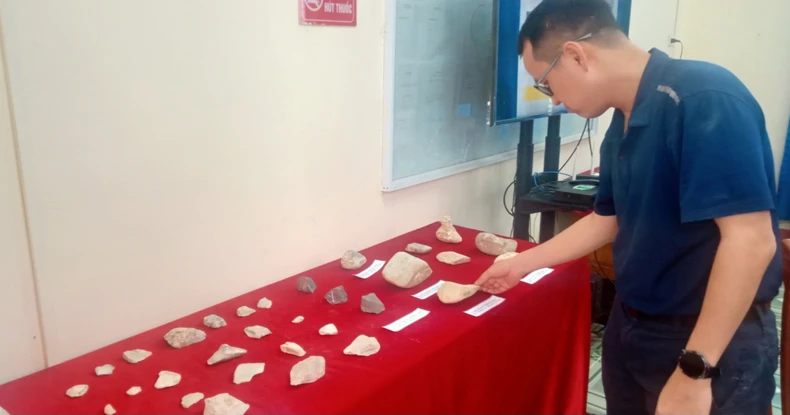 |
Many artifacts collected during the 5th excavation of the Nguom Stone Roof archaeological site brought new insights. |
Director of
Thai Nguyen Provincial Museum Tran Thi Nhien said: After this very professional, methodical and careful excavation, which brought about new and very important insights about the Mai Da Nguom archaeological site, experts, researchers and authorities organized workshops, completed excavation records, scientific reports, and submitted them to competent authorities to announce the excavation results according to regulations. "With the deep interest of authorities at all levels and cultural agencies in the province in the Mai Da Nguom archaeological site, in the coming time, we will continue to coordinate with scientists and researchers to consolidate related records, recommend local authorities and competent authorities to continue excavating this famous site, and at the same time have more practical solutions for long-term preservation, enhancement and promotion of the value of Mai Da Nguom", Director of Thai Nguyen Provincial Museum Tran Thi Nhien added.

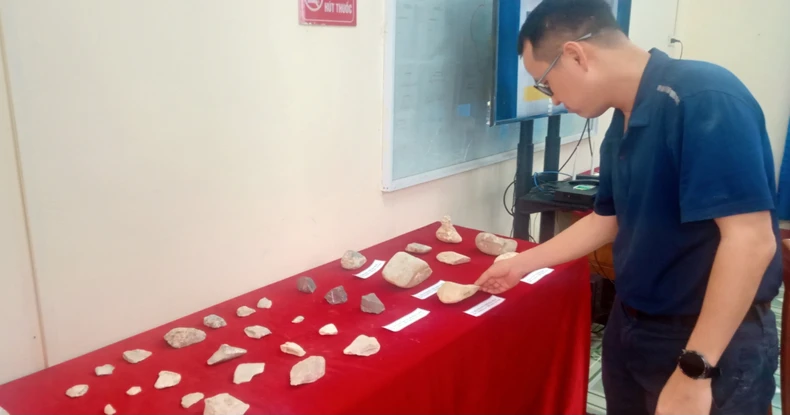






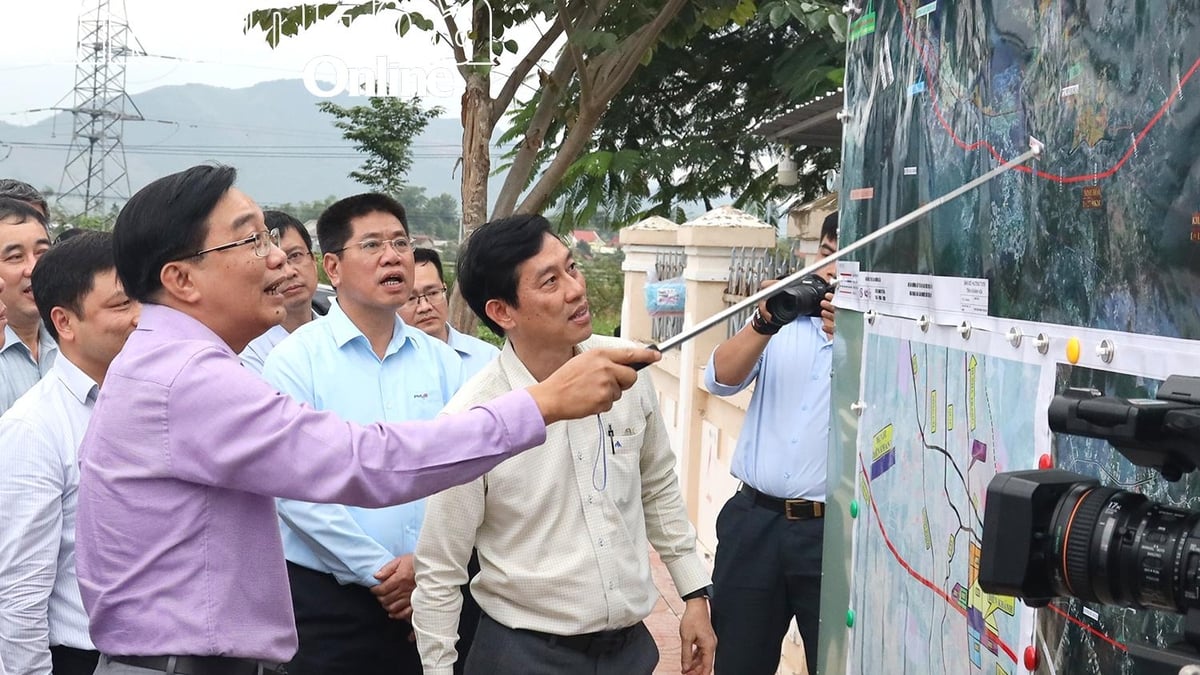




















![[Photo] National Assembly Chairman attends the seminar "Building and operating an international financial center and recommendations for Vietnam"](https://vphoto.vietnam.vn/thumb/1200x675/vietnam/resource/IMAGE/2025/7/28/76393436936e457db31ec84433289f72)








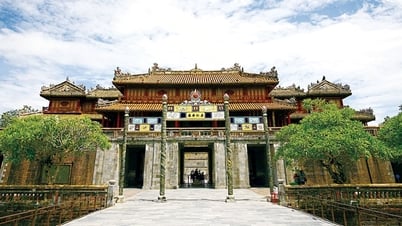

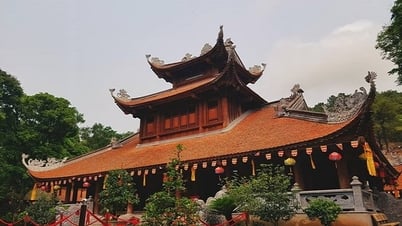






































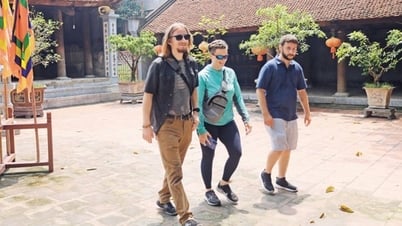




















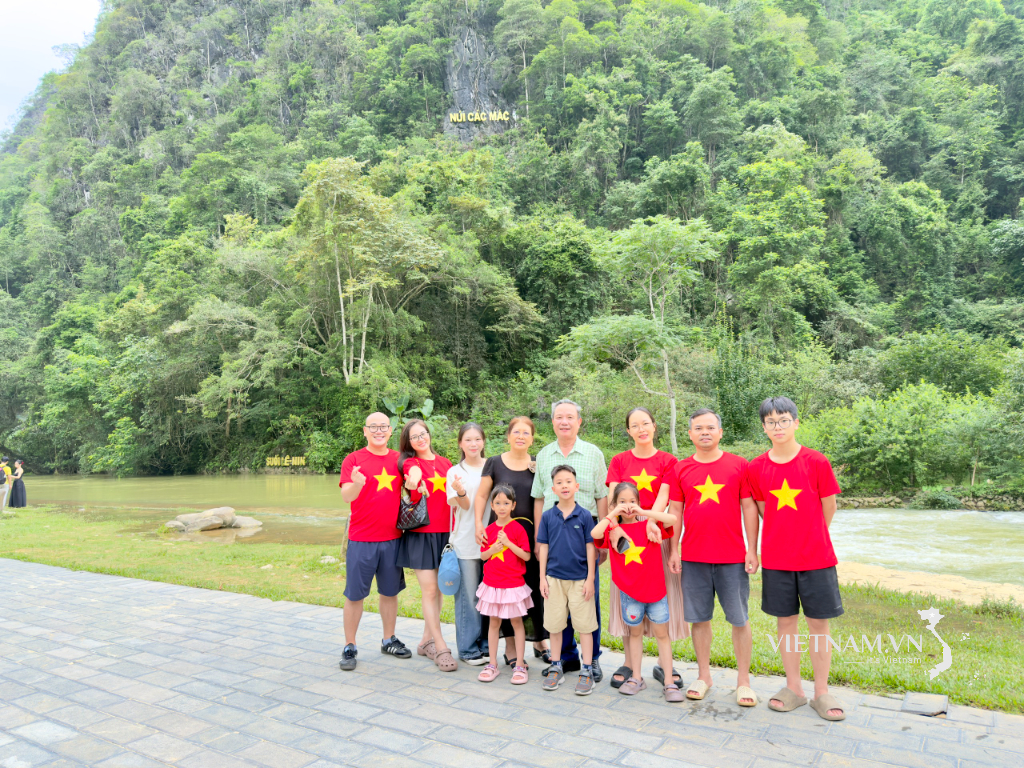

Comment (0)